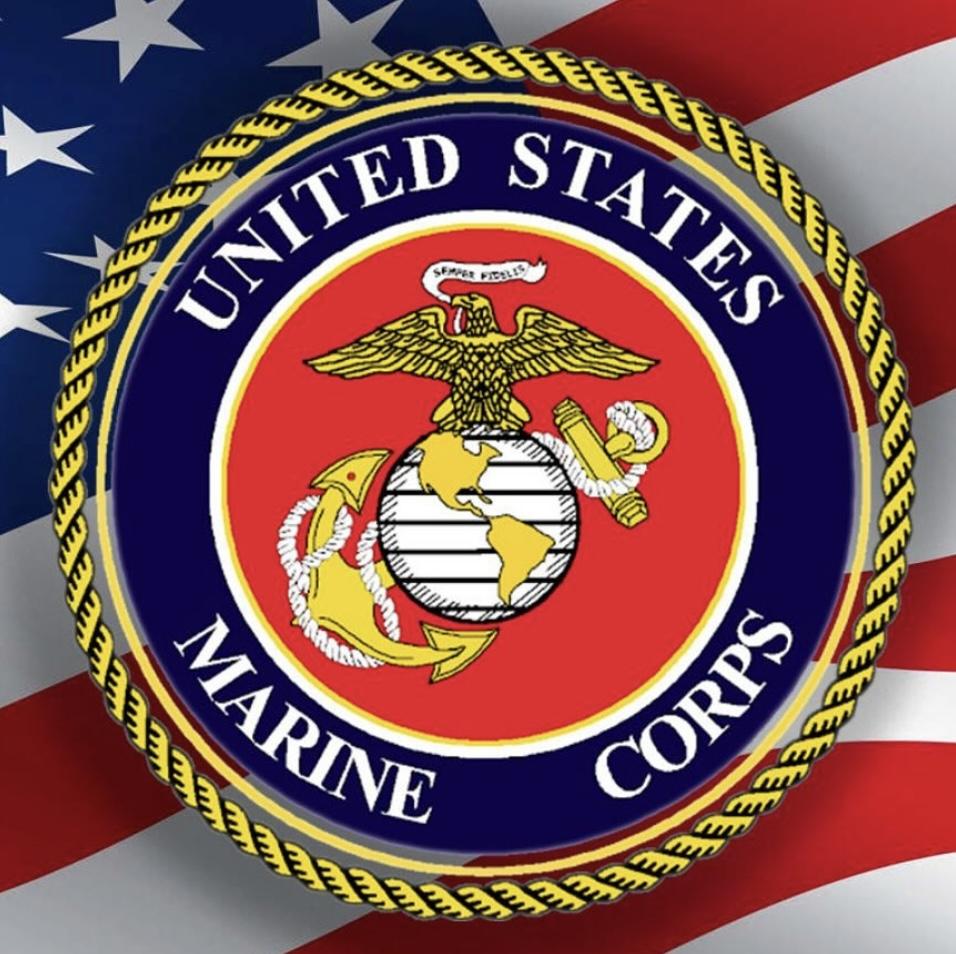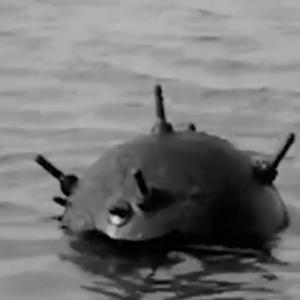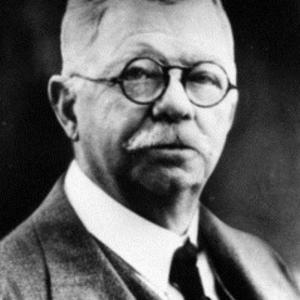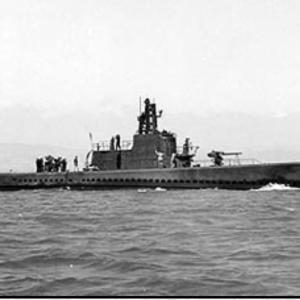
U.S Marine Corp Formed
The birth of the United States Marine Corps began on November 10, 1775, when the Continental Congress passed a resolution calling for two battalions of Marines to be raised for service with the Continental Navy. The colonies faced the growing certainty of open war with Britain, and Congress understood the need for a disciplined amphibious force able to fight both at sea and on hostile foreign shores. The resolution authorized the creation of a corps of seafaring soldiers who could operate cannons aboard naval vessels and conduct landing assaults. These Marines were required to be physically strong, experienced at sea if possible, and disciplined enough for naval combat conditions, which demanded obedience under fire and the ability to fight in close quarters. The man placed in charge of forming this force was Samuel Nicholas of Philadelphia, commissioned as the first Commandant and empowered to begin recruitment from among seafaring men and local militia. Early Marines served aboard ships equipped primarily with smoothbore cannon, muskets, boarding pikes, sabers, and swivel guns. They were trained to act as sharpshooters from the rigging, repel boarding attempts, maintain order at sea, and lead assaults on enemy ports or coastal fortifications as an extension of naval strategy, rather than as a purely land army.
With American independence not yet assured, the Continental Marines’ purpose was to support the navy in disrupting British supply lines, raid coastal targets, and defend American vessels. Their presence gave ships disciplined gun crews who could rapidly man artillery under command and carry out boarding or landing operations with precision. However, the original Marine Corps was disbanded after the Revolutionary War when Congress dissolved most of the Continental military establishment. As the new United States entered the 1790s, rising foreign threats—most notably French interference with American shipping—forced Congress to rebuild naval strength. On July 11, 1798, Congress passed another act formally reestablishing the United States Marine Corps as an independent military branch under the Department of the Navy. This act was needed because the earlier force had legally ceased to exist, and the growing danger on the seas demanded permanent naval infantry rather than temporary militia detachments. The second act gave the Marines a defined and enduring role: protect naval vessels, enforce discipline aboard ship, guard naval installations, and be ready to carry war ashore wherever American interests were threatened. This law created continuity and structure where before there had been only wartime improvisation. It marked the transition from a temporary Revolutionary expedient to a standing professional Marine Corps that would serve the United States permanently in peace and war.










